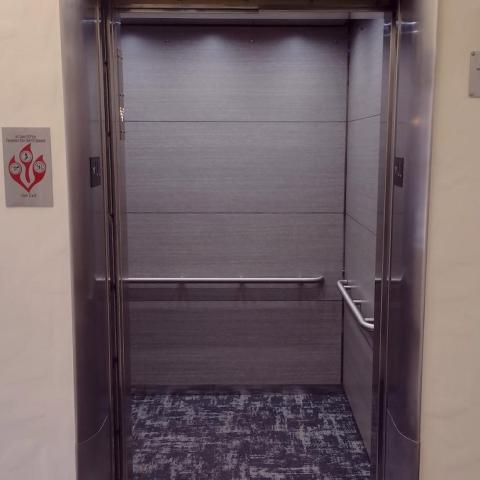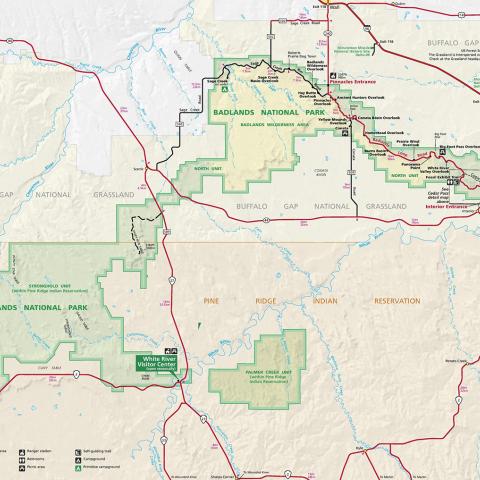
Wind Cave stretches at least 150 miles, and has subterranean lakes/NPS
Wind Cave, that subterranean rift below its namesake national park in South Dakota, is 150 miles long. At least.
Cave explorers from Colorado recently surveyed 594 feet in Wind Cave, bringing the total length of surveyed passages to 150 miles. The cavers, Randy Macan, Shawn Lamley, Emma Paul, and Janis Mankovs, surveyed 10 hours last Saturday, February 9, in the Half Mile Hall area of the cave.
Modern-day exploration began in the 1950s, with groups from the South Dakota School of Mines, the Colorado Grotto, and the National Speleological Society. Since then, hundreds of individuals have crawled, climbed, and squeezed through passages while exploring Wind Cave, making it the sixth-longest cave in the world.
“Cave exploration is a critical part of managing the cave because it’s hard to protect something you don’t know you have,” said Wind Cave Superintendent Vidal Dávila. “We’d like to thank all the individuals who, over the years, donated their time exploring this massive cave system.”
Most of the current cave exploration is done by volunteers from either the local Paha Sapa Grotto or the Colorado Grotto in Denver.
On average, 2 miles are surveyed annually, and it is estimated more than 3,000 leads, or unexplored openings, remain to be checked. Studies of airflow through the entrances reveal that potentially only 10 percent of the cave has been found. This echoes the sentiments of the cave’s first systematic explorer, 17-year-old Alvin McDonald, who wrote in 1890, “Have given up the idea of finding the end of Wind Cave.”
Exploration can lead to discoveries within discoveries, such as those now taking place at the bottom of known cave. More than 500 feet beneath the surface lies a series of cave lakes. Part of the Madison Aquifer, the first lake was discovered by Herb Conn and David Schnute in 1968. Scientists from the University of Akron are studying the microbial life found in the lakes. Despite living in an environment with no sunlight or photosynthesis, the lakes contain a very diverse bacterial community of more than 4,000 species, a large portion of which have never been identified and are unique only to Wind Cave.
Perhaps someday the bacteria in the lakes could be used to produce compounds such as antibiotics that might be used as medicine, park staff said.




 Support Essential Coverage of Essential Places
Support Essential Coverage of Essential Places







Add comment